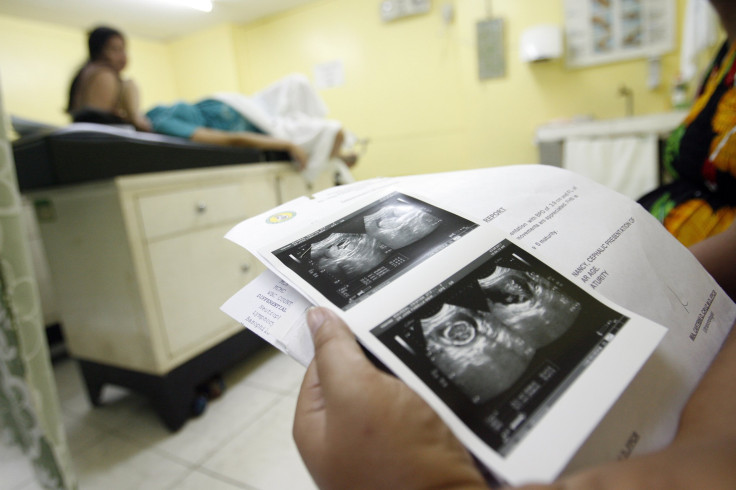Ultrasound Stickers Invented By MIT Researchers

Ultrasound procedures usually require sizeable, specialized equipment that can only be used in a hospital or clinic setting, and the procedure is administered by health experts. All that is about to change with the invention of a stick-on ultrasound device by researchers from the Massachusetts Institute of Technology (MIT).
In their study published in the journal Science, the researchers found that the ultrasound sticker, which has an area of about 2 square centimeters and a thickness of 3 millimeters, remained stuck to the skin and produced clear internal images for up to 48 hours.
The sticker comprises a stretchy adhesive layer with an array of transducers. The adhesive layer is made of two sheets of elastomer that sandwich between them a layer of solid hydrogel, a material that easily transmits sound waves, researchers noted in a news release.
The principle of ultrasound imaging works by sending sound waves directed at specific parts of the body, which are then reflected and intercepted by a transducer. The transducer converts sound waves into visual images.
In the experiment to determine the device's efficacy, stickers were applied to volunteers, and the devices were shown to produce live, high-resolution images of major blood vessels and internal organs such as the heart, lungs and stomach. The stickers stayed in position and captured changes in organs even as participants performed varied activities like sitting, standing, jogging and biking.
Researchers have reportedly experimented with stretchable ultrasound probe designs that would allow convenient and unobtrusive imaging of internal organs in recent years, but these innovations have not proven to be very efficient. Some designs, in fact, have come up with low-resolution images, partly due to their stretch.
"Wearable ultrasound imaging tool would have huge potential in the future of clinical diagnosis. However, the resolution and imaging duration of existing ultrasound patches is relatively low, and they cannot image deep organs," Chonghe Wang, study co-author and MIT graduate student, said in the news release.
Meanwhile, the current design is limited by the requirement of connecting the stickers to instruments that can interpret the reflected sound waves into images. In the future, the researchers hope to make the invention wireless.
"We envision a few patches adhered to different locations on the body, and the patches would communicate with your cellphone, where AI algorithms would analyze the images on demand," Xuanhe Zhao, study senior author and professor of mechanical engineering and civil and environmental engineering at MIT, said, according to the news release. "We believe we've opened a new era of wearable imaging: With a few patches on your body, you could see your internal organs."

Photo: JASPER JACOBS/AFP/Getty Images




















